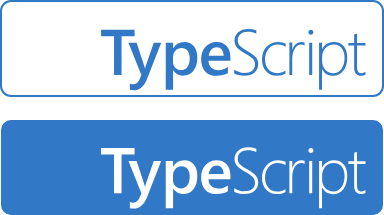[Typescript] Danh sách các Type thường dùng trong React + TypeScript app
Danh sách các Type thường dùng trong React + TypeScript app. Các loại Type của React thường dùng. Useful React Prop Type Examples.
Basic Prop Types Examples
[Typescript] Danh sách các Type thường dùng trong React + TypeScript app
type AppProps = {
message: string;
count: number;
disabled: boolean;
/** array of a type! */
names: string[];
/** string literals to specify exact string values, with a union type to join them together */
status: "waiting" | "success";
/** an object with known properties (but could have more at runtime) */
obj: {
id: string;
title: string;
};
/** array of objects! (common) */
objArr: {
id: string;
title: string;
}[];
/** any non-primitive value - can't access any properties (NOT COMMON but useful as placeholder) */
obj2: object;
/** an interface with no required properties - (NOT COMMON, except for things like `React.Component<{}, State>`) */
obj3: {};
/** a dict object with any number of properties of the same type */
dict1: {
[key: string]: MyTypeHere;
};
dict2: Record; // equivalent to dict1
/** function that doesn't take or return anything (VERY COMMON) */
onClick: () => void;
/** function with named prop (VERY COMMON) */
onChange: (id: number) => void;
/** function type syntax that takes an event (VERY COMMON) */
onChange: (event: React.ChangeEvent) => void;
/** alternative function type syntax that takes an event (VERY COMMON) */
onClick(event: React.MouseEvent): void;
/** any function as long as you don't invoke it (not recommended) */
onSomething: Function;
/** an optional prop (VERY COMMON!) */
optional?: OptionalType;
/** when passing down the state setter function returned by `useState` to a child component. `number` is an example, swap out with whatever the type of your state */
setState: React.Dispatch>;
};
object as the non-primitive type
object is a common source of misunderstanding in TypeScript. It does not mean "any object" but rather "any non-primitive type", which means it represents anything that is not number, string, boolean, symbol, null or undefined.
Useful React Prop Type Examples
Relevant for components that accept other React components as props.
Các loại Type của React thường dùng
export declare interface AppProps {
children?: React.ReactNode; // best, accepts everything React can render
childrenElement: React.JSX.Element; // A single React element
style?: React.CSSProperties; // to pass through style props
onChange?: React.FormEventHandler<HTMLInputElement>; // form events! the generic parameter is the type of event.target
// more info: https://react-typescript-cheatsheet.netlify.app/docs/advanced/patterns_by_usecase/#wrappingmirroring
props: Props & React.ComponentPropsWithoutRef<"button">; // to impersonate all the props of a button element and explicitly not forwarding its ref
props2: Props & React.ComponentPropsWithRef<MyButtonWithForwardRef>; // to impersonate all the props of MyButtonForwardedRef and explicitly forwarding its ref
}Functional Component
// Declaring type of props - see "Typing Component Props" for more examples
type AppProps = {
message: string;
}; /* use `interface` if exporting so that consumers can extend */
// Easiest way to declare a Function Component; return type is inferred.
const App = ({ message }: AppProps) => <div>{message}</div>;
// you can choose annotate the return type so an error is raised if you accidentally return some other type
const App = ({ message }: AppProps): React.JSX.Element => <div>{message}</div>;
// you can also inline the type declaration; eliminates naming the prop types, but looks repetitive
const App = ({ message }: { message: string }) => <div>{message}</div>;
// Alternatively, you can use `React.FunctionComponent` (or `React.FC`), if you prefer.
// With latest React types and TypeScript 5.1. it's mostly a stylistic choice, otherwise discouraged.
const App: React.FunctionComponent<{ message: string }> = ({ message }) => (
<div>{message}</div>
);
